- Home
- Stephen Baxter
Anti-Ice Page 5
Anti-Ice Read online
Page 5
I remarked to Holden how taken I had been with the quaintness of our locomotive’s design, contrasting it unfavorably with the new bullet-profiled devices on display at the Exhibition. Perhaps, I reflected, the advances wrought by anti-ice were not without their cost. At some comfortable length we debated this point, and our talk broadened out into the role and impact of anti-ice technology in general; and finally Holden, becoming more expansive as he relaxed, settled down to relate to me the intriguing tale of the discovery of anti-ice itself…
* * *
The story of anti-ice (Holden said) began with obscure legends of the aboriginal Australians. According to these savage fellows, at the time the Little Moon first appeared in the European heavens (around 1720), “fire locked in ice” fell from the Australian sky. This ice was tinged with yellow and red, and any man who cupped his hands around the ice would liberate the daemonic fire, to his ultimate doom.
The British explorer Ross, en route to the Antarctic, was intrigued by these legends, overheard in a low bar. He resolved to track them to their source.
His quest brought him to Cape Adare, an Antarctic peninsula south of the Australian continent. Ross and his party spent some days scouting the ice-locked plains. At length they approached a range of low, toothlike mountains and unexpectedly came across a plain strewn with massive boulders. As his dog team threaded its way between these jagged, ice-coated fragments, Ross reflected (he reported in his journal) that it was as if a mountain had exploded and now lay strewn in pieces across the ice. And, oddly enough, there was a gap in the mountain range; it was rather as if a tooth were missing from an otherwise healthy jaw.
As Ross neared the heart of this strange plain he found that the size of the boulders diminished, until the runners of his sled crunched over gravel-like pebbles. The ice hereabouts was also very strange; it was glassy-smooth and, if the top couple of inches were brushed away, quite clear; and there were pebbles and boulders embedded within, as if in amber.
“It seemed to Ross,” said Holden, “as if a great explosion had taken place here. A mountain had been shattered, with great boulders hurled miles through the air; in an instant the ice had been flashed to steam which had risen in great clouds into the freezing Polar air. The ice had re-frozen rapidly, embedding the debris.” Holden knocked dottle from his pipe, his gnomish features alive with the impetus of his narrative.
With growing excitement Ross pressed on (Holden said).
And at last he reached the very center of the great explosion.
A dome of some yellow substance, perhaps ten feet high, protruded from the ice.
At first Ross thought this was some form of building, and he wondered if he was to discover an unsuspected tribe of Antarctic aboriginals. But he quickly realized that this was no human construction; nor, indeed, was the dome hollow. This was some strange new ice. Ross pressed his face to the chill surface, wiped away a few inches of fresh snow, and peered into the enigmatic interior.
Sheets of a pinkish-red substance hung like veils within the yellow mass.
The party made camp in the lee of the ice dome. Ross was aware that his safest course would be to take back samples of the ice to his ship—or even to England—for thorough analysis. But he remained fascinated by the aboriginals’ tales.
He was an inquisitive man; he was, after all, an explorer.
So, when the brief Antarctic night was over, Ross had one of his men scrape away enough of the stuff to fill a tin drinking mug; and this mug was fixed over a small stove.
Most of Ross’s party gathered around the stove.
“The resulting explosion,” Holden said somberly, “killed three men outright, and left the rest grievously wounded, their dogs dead or terrified and their sleds overturned. Ross himself was to lose an arm and an eye from the incident, and he describes finding, at the site of the stove, a crater a full six feet wide melted into the ice.” Holden smiled. “His journal entry for that day became famous. ‘Left in a parlous state by this yellow ice. Of the stove, and Ben’s mug, we could find no trace.’ ”
I felt tears prickling my eyes at the simple courage of these words—so typically British, I thought!
Ross and his companions—those surviving—returned to their vessel and made for the nearest civilized port.
“When the news of the discovery reached England the Royal Society dispatched a fresh expedition, fully equipped with the latest scientific apparatus, to Cape Adare; and now that Cape supports a veritable town of Scientists and Engineers. Traveller himself calls the Godforsaken place his second home. And there is a whole new profession—the Cryosynthesists—worthy gentlemen who devise ways, using vast Dewar flasks and so forth, of transporting anti-ice from the Cape and around the globe in a safely chilly condition.”
A whistle informed us that at last the train was loaded and ready to depart; and with the slightest of jolts—barely sufficient to jiggle the ice in my whiskey—we set off. The Rail swept past harbor buildings and then out over the English Channel. The last of the sunlight made the water glitter like a field of diamonds beneath our coach, and I felt a surge of exhilaration and pride.
One of that season’s sensations had been the fitting out of major Light routes with American-style dining cars; and so our monkey-faced steward now called by to inform us that our dinner would be served in fifteen minutes—and to refresh our glasses.
I said to Holden, “So anti-ice is only available in that one place on Earth, Cape Adare?”
“It is logical that only the polar regions could support the survival of the substance,” Holden said, “for if the stuff is brought into warmer climes it rapidly destroys itself—and a good deal of its surroundings. The Antarctic regions have been scoured by our explorers—it is interesting that the British flag was fluttering over the South Pole by the year 1860; who knows when, if not for the incentive of anti-ice, the will would have been found to mount such an expedition?—but no more anti-ice has ever been found.”
“So the cache of ice found by Ross is all there is.”
“Evidently. Its mass has been estimated as a thousand tons; and, as far as we know, that is all there is to be found in the globe. It really does seem as if the old aboriginal tales were true—that the anti-ice fell from the sky, hurtling across Australia to land at Adare.”
I rubbed my chin. “When one considers the fundamental importance of the stuff to Britain’s role in the world, that seems a precious small amount.”
Holden nodded. “Fortunately, with anti-ice, a little goes a long way. No more than a few ounces a month, for instance, would be needed to power this train… Nevertheless, you are right. And we are finding more and more ingenious ways of using up the stuff.
“And this,” he went on, “is an argument used by those who oppose the renewed use of anti-ice as a weapon of war. Britain’s enemies would have no defense against anti-ice artillery… save one: time. When we have squandered our precious lode of ice, they can fall on us like wolves.”
Holden and I finished our drinks and made our way toward the dining car. As I walked with the glow of my whiskeys inside me, I became aware of a rhythmic unevenness in the train’s motion. It felt rather like traveling in a cable car. Glancing out of the windows I saw how the rail as it crossed the sea was suspended from pylons, and as the carriage met each pylon there was the smallest of judders. The pylons were pillars of iron cagework which appeared to sprout directly from the darkening surface of the Channel—but, I knew, the pylons were in fact attached to huge pontoons suspended below the surface. The buoyancy of the pontoons thrust them upwards against the constraint of their anchoring cables, and the result was a platform which was quite rigid and robust in the face of the Channel’s notorious currents.
All three Channel bridges had been constructed in that way, I understood, the reasons being the lightness of the Rail itself and the inability of the Channel seabed to take sound foundations.
We took our seats in the restaurant car and soon were bathed in familia
r, soothing sounds: the clinking of cutlery against plates ornate with Light Rail livery, the murmur of civilized conversation, the rich aromas of good English cooking and, later, of port, brandy, coffee and fine cigars. Holden and I said little as we ate; but once the meal was done I pushed back my chair, stretched my legs, and raised my brandy glass to Holden. “Let’s drink to anti-ice,” I said, perhaps a little thickly, “and its progeny, the various wonders of the Age!”
“I’ll drink to that,” Holden smiled. He leaned back and hitched his plump thumbs into his watch- chain. “But I would not advise you to celebrate the toast by dropping a cube of anti-ice into your next whiskey. Anti-ice, you see, has been so christened because of its remarkable antipathy for any ‘normal’ substance—in this case, the whiskey and the glass. The anti-ice, and an equal mass of glass and whiskey, would disappear—and be replaced by an enormous quantity of heat energy, in an explosive fashion. Rather interrupting your enjoyment.”
“So ordinary whiskey—or anything—can be turned into a substance as destructive as, say, dynamite?”
He smiled indulgently and drew a hand through his shock of unruly hair. “Far more so, young Vicars. But we don’t know how. James Maxwell has hypothesized that perhaps the anti-ice reacts in some chemical fashion with normal matter, much as oxygen reacts with other elements, to liberate energy in the form of heat and light.” He studied my face, which, I fear, was blank. He said kindly, “I am describing the normal processes of combustion. Fire, Ned.”
“…Ah. Well, there’s the answer, then! Anti-ice is a new type of oxygen, and what we have here is a new fire.”
“Perhaps. But Joule, following his experiments with Thomson, points out that the energy density of anti-ice reactions is many orders of magnitude greater than that associated with any known chemical reaction. Perhaps we are dealing with forces associated with some deeper structure of matter, below and beyond the known forces involved in chemical reactions. It may be the next century, Ned, before we can probe deeply enough into the heart of matter—with huge microscopes, perhaps—to understand the secrets that lie at its core.”
I called for another brandy. “That’s all very well,” I said expansively, “but what do these famous chaps, Maxwell and—”
“Joule.”
“Joule, yes; what do they have to say about what strikes me as the greatest mystery of all—the fact that the stuff is perfectly safe to handle at polar temperatures, and it is only when you heat the stuff up that it becomes explosive—as poor old Ross found to his cost?”
“Ah.” Holden knocked out his pipe, thumbed in more tobacco from his leather pouch, and lit it. “Careful—and dangerous—experiments conducted at Adare have shown that, within the substance of anti-ice, intensely strong magnetic currents flow. These currents encase the antipathetical substance, insulating it from normal matter. But when the temperature is raised the magnetic fields break down—with explosive consequences.”
I frowned, trying to understand. “And what causes the magnetism? Tiny lodestones, scattered through the stuff?”
He shook his head. “The truth is a little more difficult to grasp—”
“I feared it might be.”
Holden described how the experiments of Michael Faraday had shown that a magnetic field can be induced by the presence of a strong electrical current. In the substance of anti-ice, it seems, powerful electrical currents circulate endlessly, so generating the required magnetism. Holden said, “But there is no tiny dynamo stored in the stuff; it seems that the electrical currents simply flow around and around within the ice, like a river in an enclosed channel; without beginning and without end, and without a First Cause; rather as the Persians say the worm Ourobouros survives by endlessly consuming its own tail.”
“Do they, by Jove? But look here, Holden: a river simply wouldn’t run around and around; it would sooner or later come to rest, for you can’t have a circular channel which runs forever downhill—can you?” I added with sudden doubt.
He inclined his head in approval. “Indeed not. But if your circular canal was walled with some marvelous glass, utterly without friction, the water would flow on indefinitely.”
I struggled to imagine all this. “And how does this canal help to explain the electrical phenomenon?”
“Faraday has traced invisible paths through samples of anti-ice—and along these paths, there is no resistance to the passage of electricity. Just like the glass channels I describe, you see. Faraday has dubbed this phenomenon ‘Enhanced Conductance.’ It is precisely this Conductance which breaks down when the temperature of anti-ice is raised. The electrical currents stop circulating, you see; and so the magnetic fields fail.”
“It rather sounds as if some commercial interest may be obtained from this matter,” I mused. “Although I can’t offhand think quite what—”
“Absolutely!” Holden sat back in his chair once more, his head wreathed in smoke. “Imagine if we could replace our cables under the Atlantic with channels of Enhanced Conductance. Then the smallest current, the weakest of signals, could cross the ocean without the slightest loss! And again, if power transmission lines were made of Enhanced material, electrical energy could be scattered throughout the continents, with distance no object!” He thumped his free hand on the table, making the remaining cutlery dance, and one or two heads were turned curiously in our direction. “I tell you, Vicars, such a transformation would make the treasures delivered so far by anti-ice seem like mere baubles. It would change the world, man!”
I laughed, rising to his enthusiasm. “Are the savants confident of delivering such wires and cables?”
He sighed, as if deflating. “I believe Josiah Traveller has constructed prototype devices which exploit Enhanced paths within blocks of anti-ice itself. But it has not proved possible to isolate that component of anti-ice which provides Enhanced Conductance.”
I nodded sympathetically, seeing in his rather odd, round little face the soul of a man whose dream—of a transformed Europe—seemed almost attainable, but remained out of reach.
Now he cocked an eye at me, and at my empty brandy glass. “Are you in the mood to hear of other advantages of anti-ice? Such as the high temperatures it generates, which leads to an impressive Carnot efficiency, proportional to the difference in working temperatures between—”
I waved my glass in the air. “By Jove, good fellow, I am impressed by your erudition, but more so by your perspicacity. You are correct!—I am indeed in no mood to dwell further on such scientific ramifications. But, look there!” Rather dramatically I flung my hand toward the picture window.
It was very late now, and—through reflections of the carriage’s reduced gas-mantles—I could see how the starry sky bore that rich luminescence, the not-quite-darkness of midsummer. And, like a raft of stars fallen from the sky, the lights of some huge ship were passing beneath our metal viaduct. We craned our heads as the trains motion carried us away from the vessel; with perspective the lights could be seen more clearly to delineate the contours of the ship. The whole tableau was framed by winking hazard lanterns mounted on the Light Rail pylons. “Good Lord,” Holden said, “what a marvelous sight.”
I had to turn my head from side to side to capture the full length of the craft. “Why, it must be a half- mile long! Surely such a leviathan must be muscled by anti-ice.”
Holden sat back in his chair and called for more drink. “Indeed. That monster can only be the Great Eastern.”
“Brunel’s famous design?”
“No, no; I mean the craft designed by Josiah Traveller some five years back, and so named in honor of the great engineer.” Holden smiled over his refilled glass. “It is ironic that Traveller suffered similar financial troubles to Brunel in funding his Eastern. But then Brunel’s vessel was neither fish nor fowl: a passenger liner too ugly and dirty to offer much beyond novelty value. At least Traveller determined from the start that his ship should be primarily a freighter. And so, powered by its anti- ice turbine, large e
nough to be virtually immune to the weather, and—thanks to the Cryosynthesists—preserving and transporting the most perishable of cargoes, it circles the world without even stopping to refuel!”
I raised my snifter and said, a little more loudly than I might have hoped, “Then here’s to Traveller, and all his works!”
Holden raised his glass—his round body, with short arms protruding, put me at that giddy moment in mind of an animated balloon. “Josiah Traveller,” Holden mused. “A complex man. At least as fine an engineer as Brunel, and yet scarcely better equipped to deal with the complexities of the world. Perhaps less so. At least Brunel got out and about, and worked with his peers. Traveller, I understand, labors in seclusion in his laboratory at Farnham. He does not work by blueprint or drafting-table; rather, he constructs prototypes of novel inventions which lesser men must translate into operable mechanisms.”
“And yet the vision remains his.”
“Indeed.”
I sat forward eagerly. “And is it true, Holden, that Traveller has journeyed above the air? Those photographs on display in Manchester—”
He waved a hand, a little over-dismissive. “Who knows? With Traveller it is difficult to separate legend from truth. Perhaps the mix of fantasy in him—while a source of creative strength—is also his flaw. Look at his Prince Albert project. Does Europe really need a land liner? That, I am afraid, is the sort of hard-nosed question asked by your average investor, who would rather sink money into cotton-mills and lathes; not much fantasy in those souls, I fear.”

 The Martian in the Wood
The Martian in the Wood THE H-BOMB GIRL
THE H-BOMB GIRL World Engine
World Engine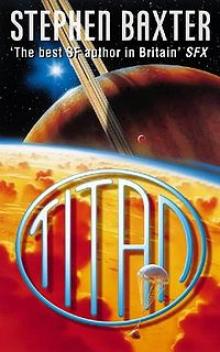 Titan n-2
Titan n-2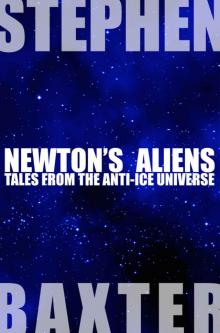 Newton's Aliens: Tales From the Anti-Ice Universe
Newton's Aliens: Tales From the Anti-Ice Universe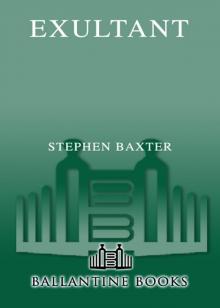 Exultant
Exultant Manifold: Origin
Manifold: Origin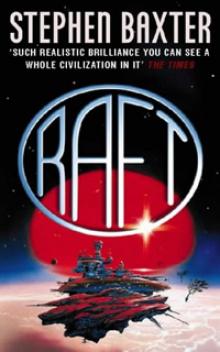 Raft xs-1
Raft xs-1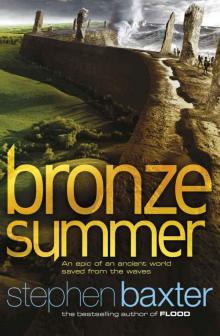 Bronze Summer n-2
Bronze Summer n-2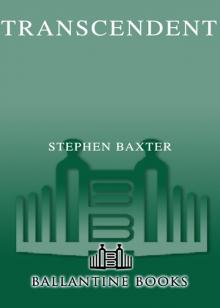 Transcendent
Transcendent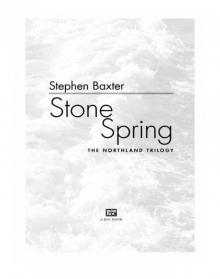 Stone Spring
Stone Spring Coalescent
Coalescent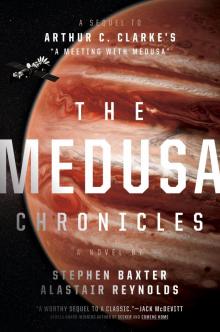 The Medusa Chronicles
The Medusa Chronicles Origin m-3
Origin m-3 Silverhair tm-1
Silverhair tm-1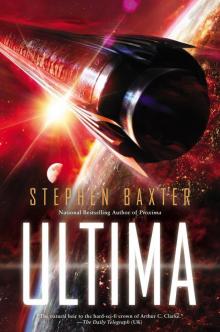 Ultima
Ultima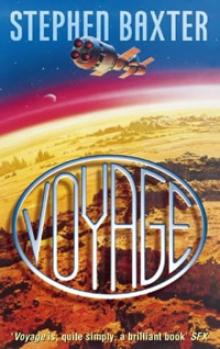 Voyage n-1
Voyage n-1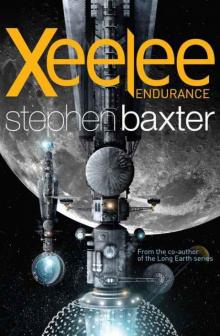 Xeelee: Endurance
Xeelee: Endurance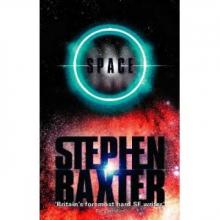 Space m-2
Space m-2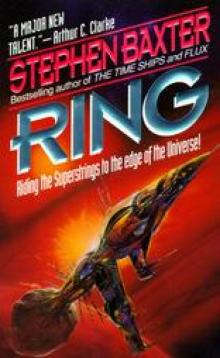 Ring xs-4
Ring xs-4 Raft
Raft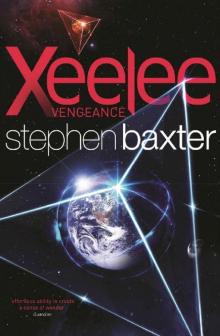 Xeelee: Vengeance
Xeelee: Vengeance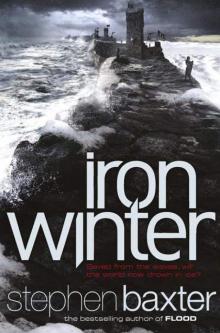 Iron Winter n-3
Iron Winter n-3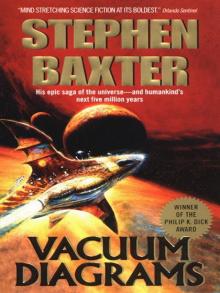 Vacuum Diagrams
Vacuum Diagrams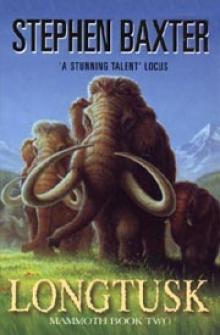 Longtusk tm-2
Longtusk tm-2 Proxima
Proxima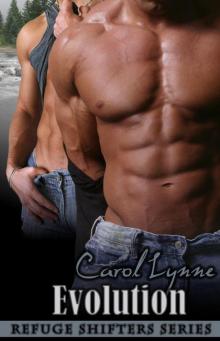 Evolution
Evolution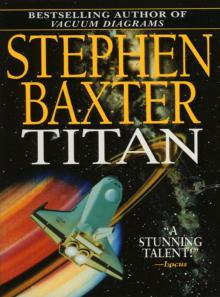 Titan
Titan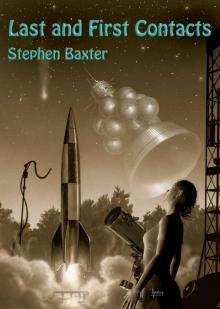 Last and First Contacts (Imaginings)
Last and First Contacts (Imaginings)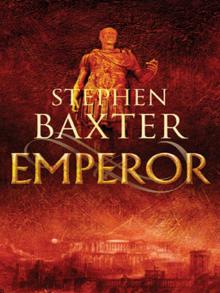 Emperor
Emperor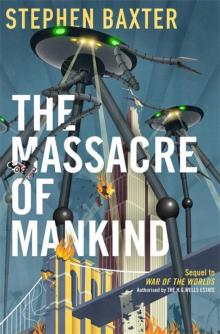 The Massacre of Mankind
The Massacre of Mankind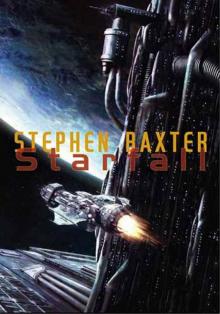 Starfall
Starfall Doctor Who - The Wheel of Ice
Doctor Who - The Wheel of Ice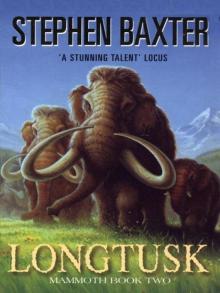 Longtusk
Longtusk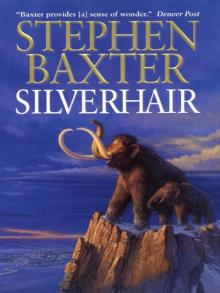 Silverhair
Silverhair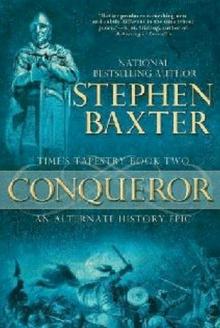 Conqueror tt-2
Conqueror tt-2 Flood
Flood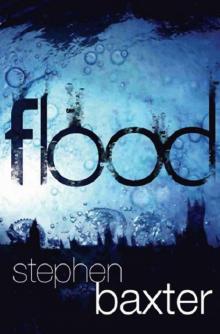 Flood f-1
Flood f-1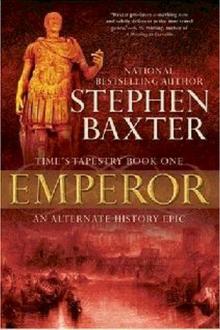 Emperor tt-1
Emperor tt-1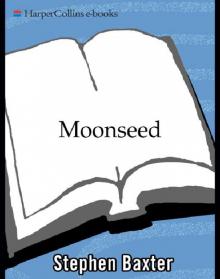 Moonseed
Moonseed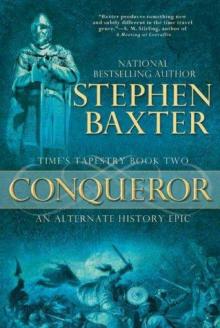 Conqueror
Conqueror Timelike Infinity xs-2
Timelike Infinity xs-2 The Ghost Pit
The Ghost Pit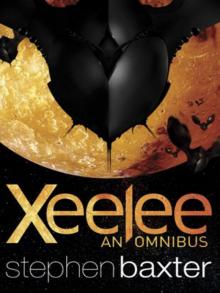 Xeelee: An Omnibus: Raft, Timelike Infinity, Flux, Ring
Xeelee: An Omnibus: Raft, Timelike Infinity, Flux, Ring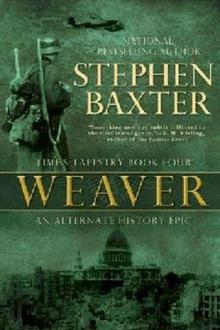 Weaver tt-4
Weaver tt-4 Landfall: Tales From the Flood/Ark Universe
Landfall: Tales From the Flood/Ark Universe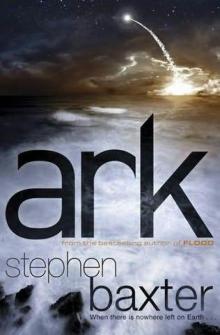 Ark
Ark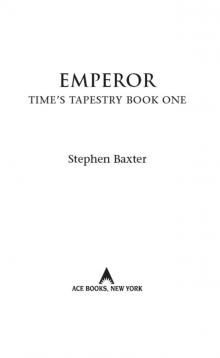 Emperor: Time’s Tapestry Book One
Emperor: Time’s Tapestry Book One Space
Space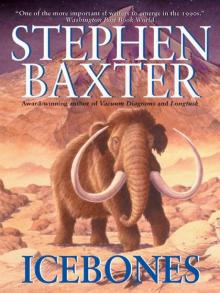 Icebones
Icebones Manifold: Space
Manifold: Space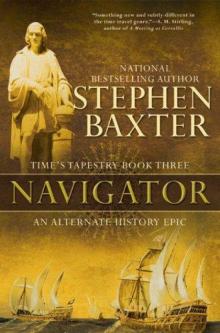 Navigator
Navigator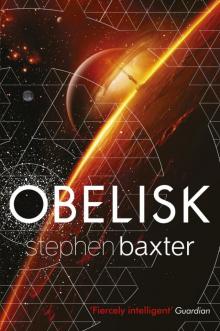 Obelisk
Obelisk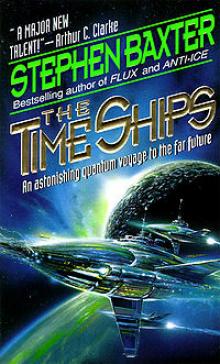 The Time Ships
The Time Ships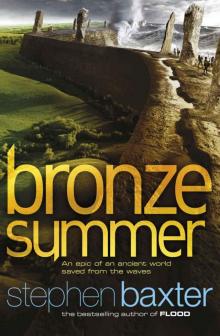 Bronze Summer
Bronze Summer Resplendent
Resplendent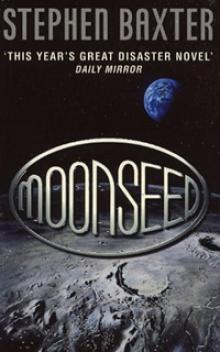 Moonseed n-3
Moonseed n-3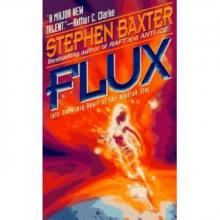 Flux xs-3
Flux xs-3 Transcendent dc-3
Transcendent dc-3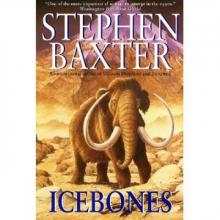 Icebones tm-3
Icebones tm-3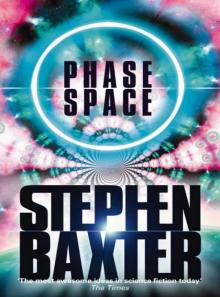 Phase Space
Phase Space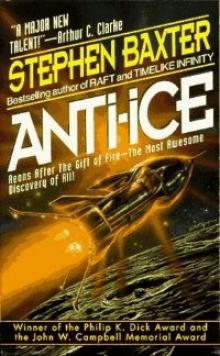 Anti-Ice
Anti-Ice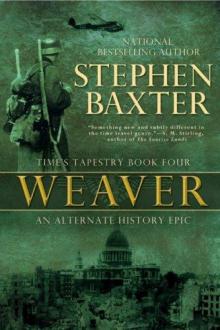 Weaver
Weaver Voyage
Voyage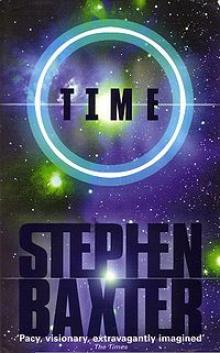 Time m-1
Time m-1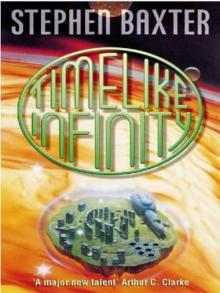 Timelike Infinity
Timelike Infinity Exultant dc-2
Exultant dc-2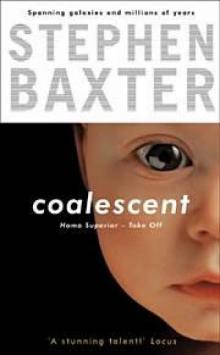 Coalescent dc-1
Coalescent dc-1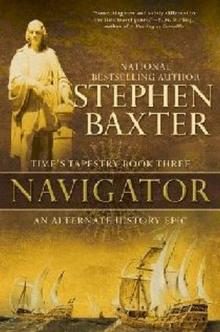 Navigator tt-3
Navigator tt-3